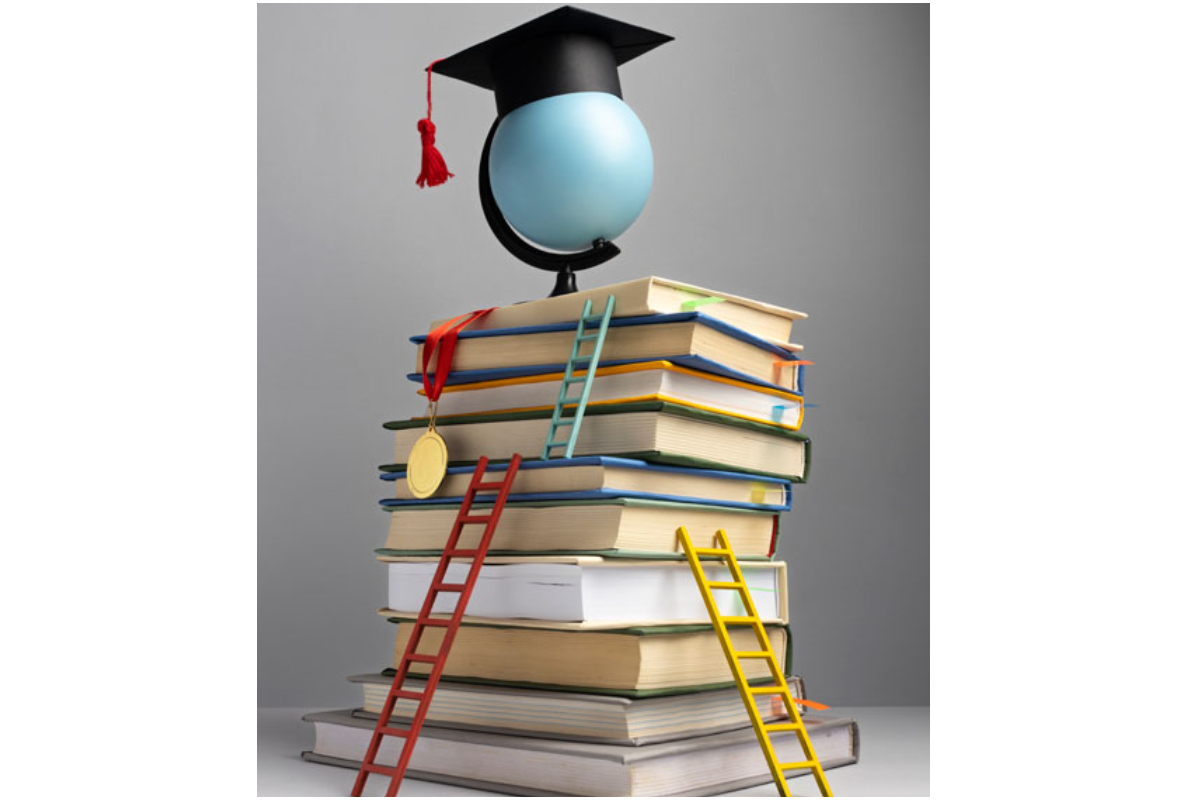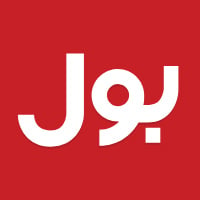
A Slew of Difficulties
The students we engage and teach confront a slew of difficulties once they go beyond higher education and into professions. The rising global urgency about the problems such as poverty, natural resource conservation, climate management and community and economic development reminds us that the stakes are high for our students — and the communities they will eventually be a part of and lead.
The 2030 Agenda for Sustainable Development of the United Nations offers a plan of action that enables individuals and community efforts to confront the severe issues we face. The task for the educators is to find out how to relate the 2030 Agenda framework to campuses, classrooms and students.
For example, in the field of agricultural sciences, there is a strong link between the three objectives of the 2030 Agenda and the triple bottom line of an agricultural operation: people, planet and profit. However, there has been little discussion regarding the significance of this link, whether in agriculture or elsewhere.
So, how can we incorporate this global call to action into institutions generally focused on serving the residents and communities at the local and regional levels? The obvious beginning point is to include the 17 Sustainable Development Goals (SDGs) in the school curriculum.
These 17 objectives serve as concrete suggestions to assist the developed and developing countries in jointly and individually navigating the future decade. The agricultural business is linked across all 17 SDGs, making it critical to the relationships and efforts required to overcome the challenges ahead.
Begin with the Syllabus. Every course contains a plan that specifies the instructor’s actions, aims and objectives. This is a logical beginning point to introduce and integrate the SDGs when used as a course guide by the learners. Carving out a section of this document to identify the SDGs related to the course, including the use of SDG iconography and descriptions, and including an overview of the SDGs during the syllabus review is a first step to introduce or reinforce these global indicators of progress to a new generation of advocates and change-makers.
Recognising the importance of repetition in learning and incorporating pertinent SDGs in syllabi — at the course or session and lesson level — assists the students in making larger connections between what they are learning in the class and its application to a more sustainable future. Besides from the course, having students who have already been introduced to and are engaged with the SDGs from the syllabus is important because agricultural colleges within the public and land grant institutions provide theoretical and applied research that is put into practice by the agricultural producers, communities and individuals across the world.
Integrate and participate
The process of learners recognising and identifying the 17 SDGs starts with connecting the course material to SDGs. The course projects and activities should also guarantee that the students consider the interconnectedness between what they are learning and efforts to eliminate hunger, preserve the earth and secure prosperity to foster a deeper degree of participation.
This is also the place to remind kids that every action they take to address any SDG will help shift the needle in their local community. Allowing the students to think about and relate themes and subjects to the SDGs highlights how any activities may help attain greater objectives. This may assist in making broad and ambitious ideas seem more actionable at the group and individual levels.
Connecting SDGs with the assignments and projects also fosters critical thinking by forcing the students to find and describe how certain course subjects may live and interact with numerous objectives — simulating the interconnectivity of the terrible systemic issues we are tackling.
The youth participation, in particular, is critical to establishing and strengthening resilient communities that can adapt to whatever problems they encounter. Motivate action If, as the UN claims, the Agenda 2030 for Sustainable Development is a blueprint for peace and prosperity for all the people and the planet, the SDGs are the folklore through which that blueprint is understood and executed.
Similarly, integrating the SDGs in the curriculum raises awareness. Still, an action is required to foster a sustainable attitude that lasts beyond the course. As more campuses and institutions commit to giving back via service learning opportunities and activities, we must demonstrate how these actions contribute to the SDGs.
The campus and community philanthropy activities give meaningful learning examples of how we can all contribute to the SDGs and accomplish more when our efforts are amplified by and in collaboration with others. Developing students as SDG advocates gives them the agency and capacity to engage others in this global endeavour to alter the world, which might seem daunting when added to an individual’s to-do list.
Investing in the local people (i.e., our students) in this manner makes the local communities more resilient, flexible and successful in the long run. Service learning linked to the SDGs becomes an act of capacity-building and community development in this context. Even though the SDG idea is challenging, the capacity to break down large concerns and take local action enables our learners and future leaders to cope with the issues in their local community.
Promote institutional ownership
Besides from incorporating SDGs into the curriculum; there is a potential to foster institutional participation in sustainable development activities. This may include universities emphasising how individual majors and courses contribute to specific SDGs and allowing cross-institutional groups to become champions of demonstrating how higher education is comprised of key players in the fight to fulfil our global triple bottom line.
There is also room for higher education institutions to own their connection and participate in the SDGs. The issues may be recognised and handled at the regional level, enabling each institution to adapt to its community and capitalise on the combined strengths of town and gown. The SDGs serve as stepping stones for particular individual acts to build on to reach greater global objectives.
Our higher education institutions are important participants in achieving these interconnected objectives, moulding and strengthening the people who must bring the plan to life.
(The writer is an EdTech expert)
Catch all the Economic Pulse News, Breaking News Event and Latest News Updates on The BOL News
Download The BOL News App to get the Daily News Update & Live News.








 Read the complete story text.
Read the complete story text. Listen to audio of the story.
Listen to audio of the story.